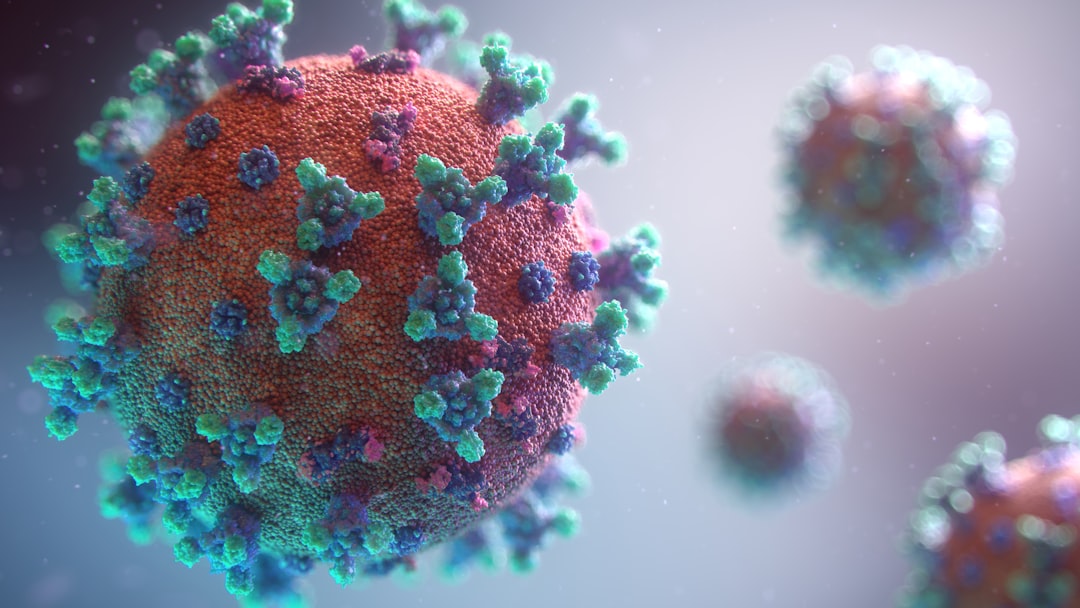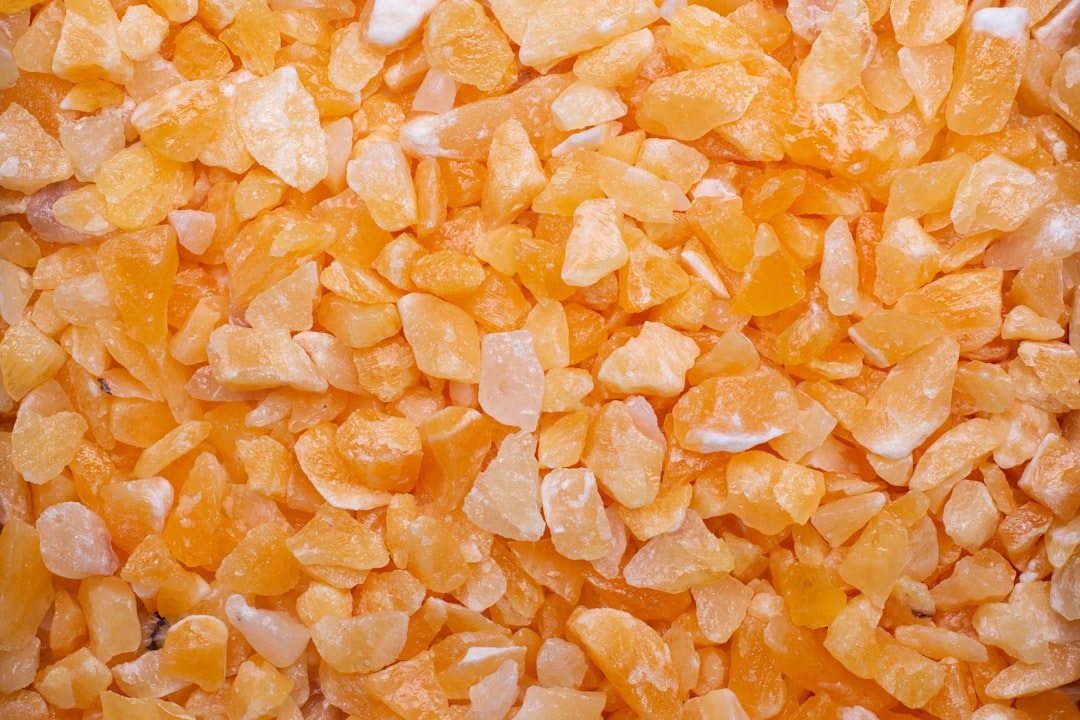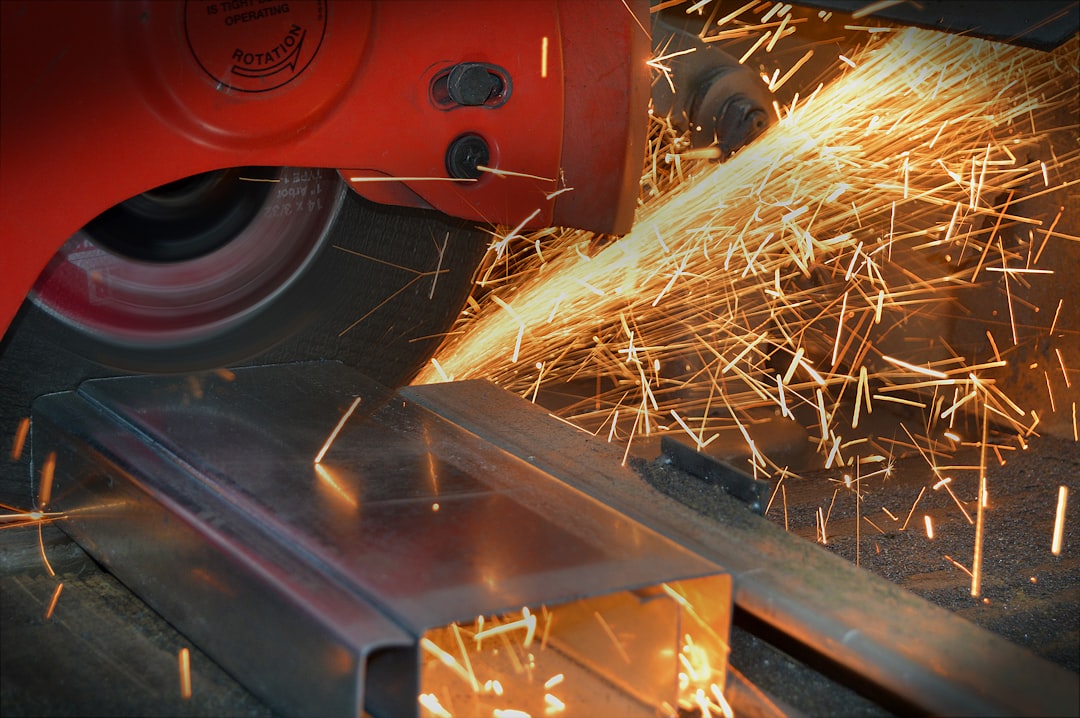What is it about?
Carbon quantum dots are a novel type of fluorescent nanomaterial with unique properties, and their synthesis method is an interesting research field. In this study, a new approach for fabrication of carbon quantum dots in one step using cold atmospheric-pressure plasma jet is suggested, and the influence of different plasma exposure times, which result in control of optical and structural properties of carbon quantum dots have been investigated in detail.
Featured Image

Photo by John Doyle on Unsplash
Why is it important?
Our results revealed that changing exposure time plays a vital role in shifting absorption, bandgap, and properties. Longer plasma exposure time leads to larger particle production and more stability of their structures. When plasma exposure time promotes, more carbon quantum dots with higher Production Yields had produced. Furthermore, with extending exposure time, more nitrogen elements doped into the carbon quantum dots without any changes in nitrogen content. The quantum yields of N-doped carbon quantum dots were only 5.72% and 15.89%, respectively, indicating that liquid plasma interaction can produce active radicals such as OH, O, and H from water molecules that can improve photoluminescence features.
Perspectives
Writing this article was a great pleasure as it has co-authors with whom I have had long-standing collaborations. This article also lead to reach out a novel synthesis method for carbon quantum dots along with unique properties
Mina Mohammadzaheri
University of Tabriz
Read the Original
This page is a summary of: Characterization of N‐doped carbon quantum dots synthesized by DBD‐based cold atmospheric pressure plasma jet, Plasma Processes and Polymers, August 2022, Wiley,
DOI: 10.1002/ppap.202200089.
You can read the full text:
Resources
Contributors
The following have contributed to this page










